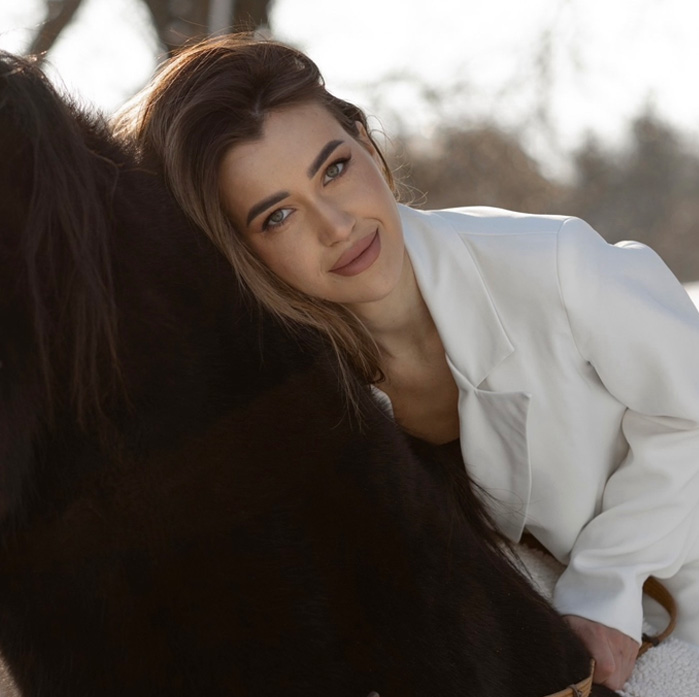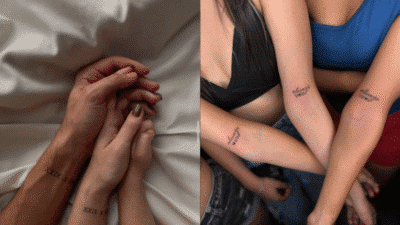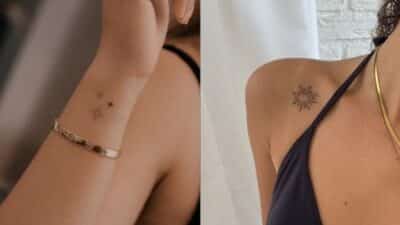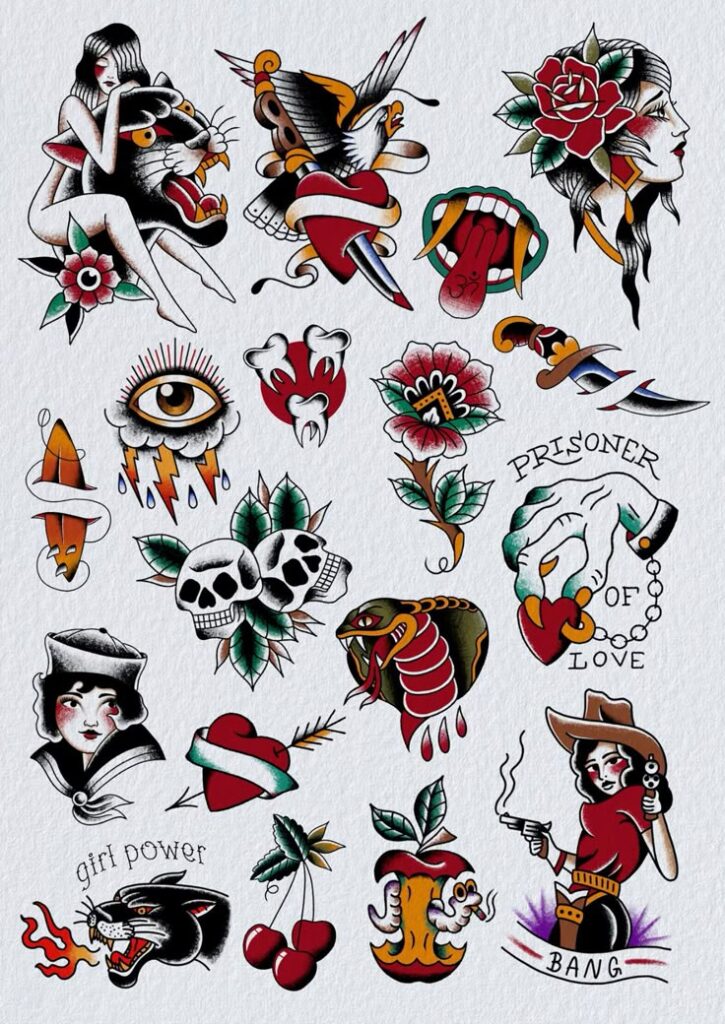
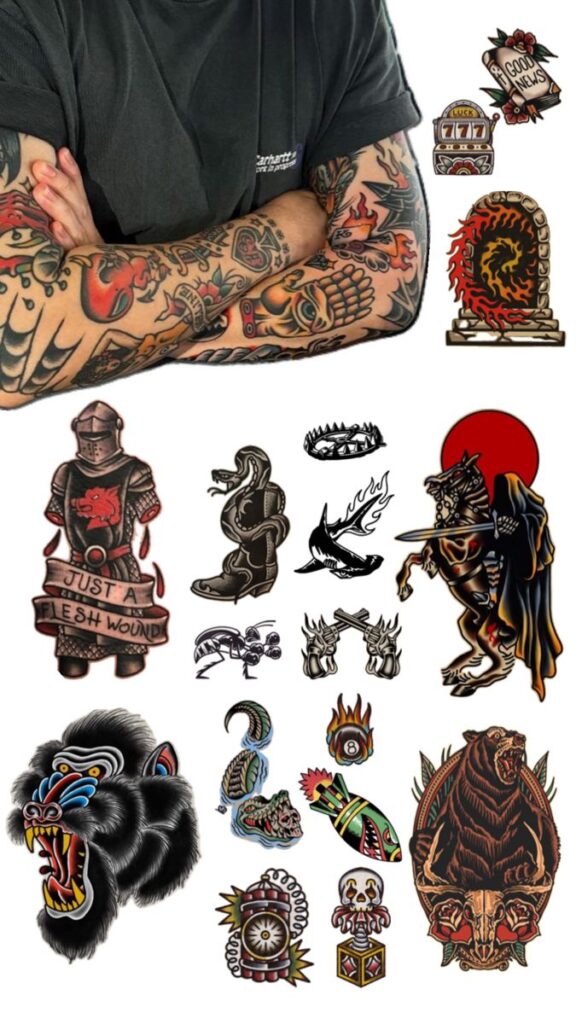
American traditional tattoos are known for their bold lines, simple colors, and timeless designs. These tattoos often feature classic images like anchors, roses, and eagles. They stand out because of their clear shapes and strong colors that have made them popular for over a century.
This style has roots in early American sailors and military culture, where tattoos had special meanings and told stories. People still choose American traditional tattoos today because they combine history, art, and meaning in a way that stays true through time.
Many designs carry specific symbols of strength, freedom, and loyalty. This makes American traditional tattoos more than just art—they are a way to express personal values clearly and boldly.
Key Takeaways
- Classic designs use bold lines and simple colors.
- Many tattoos carry important symbolic meanings.
- The style has a long, strong connection to American history.
History of American Traditional Tattoo
American traditional tattooing has strong roots and clear influences that shaped its style. It grew from military culture and sailor traditions. Key artists helped define its bold lines and simple colors. Over time, this style changed as tattoo technology and cultural tastes evolved.
Origins and Development
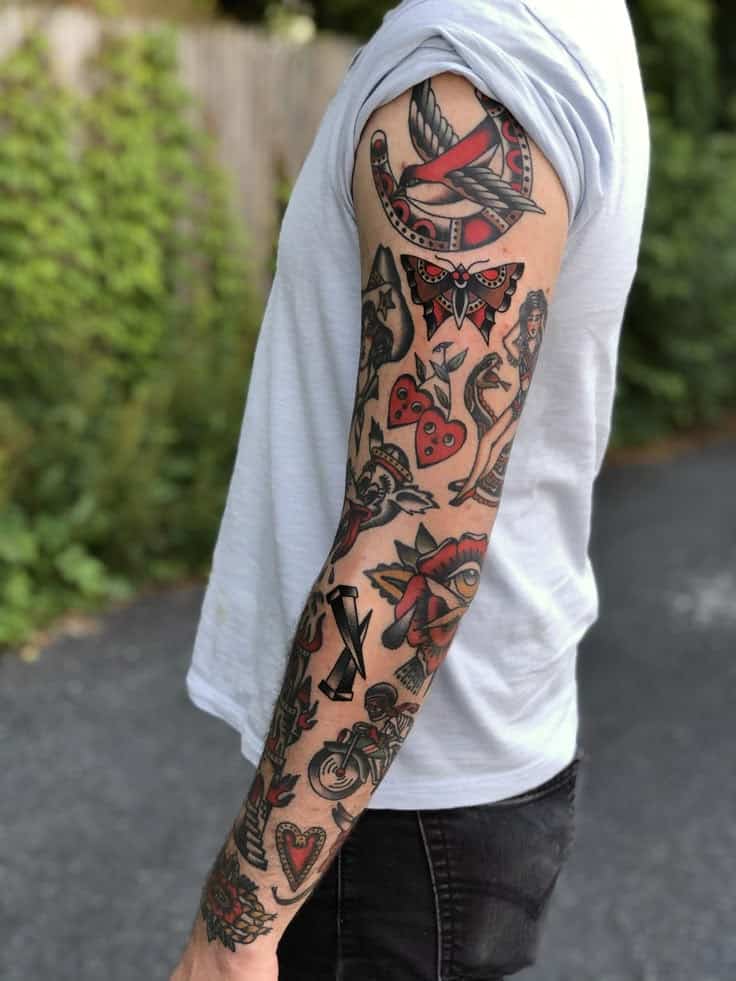
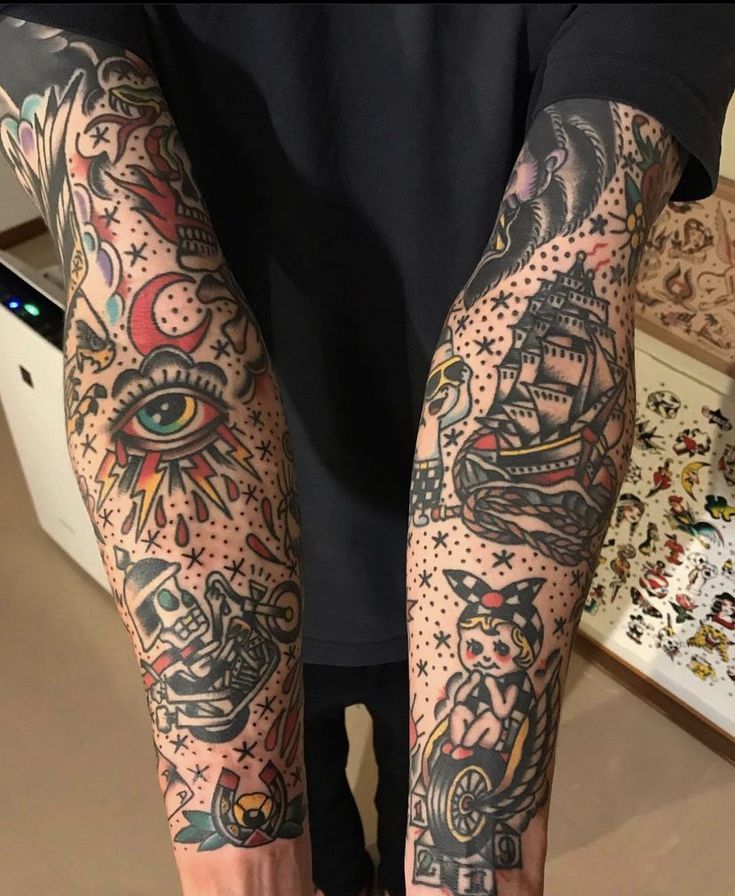
American traditional tattooing began in the early 1900s, especially with sailors and soldiers. These groups used tattoos as symbols of identity, protection, and achievements. Designs often included anchors, swallows, and hearts.
The style is known for thick black outlines and limited, bright colors like red, green, and yellow. This made tattoos stand out and last longer on skin. Early tattoo machines borrowed from European technology but adapted for American use.
Military service boosted the style’s popularity. Many sailors and soldiers wanted tattoos to mark their voyages or battles. This helped spread the style across the U.S.
Influential Artists
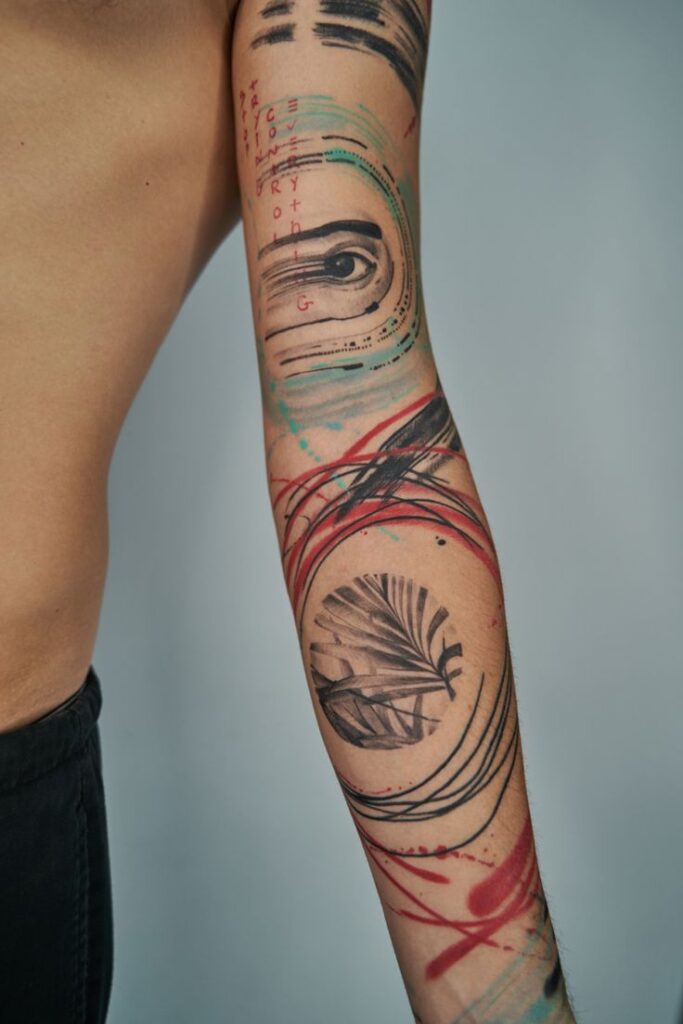
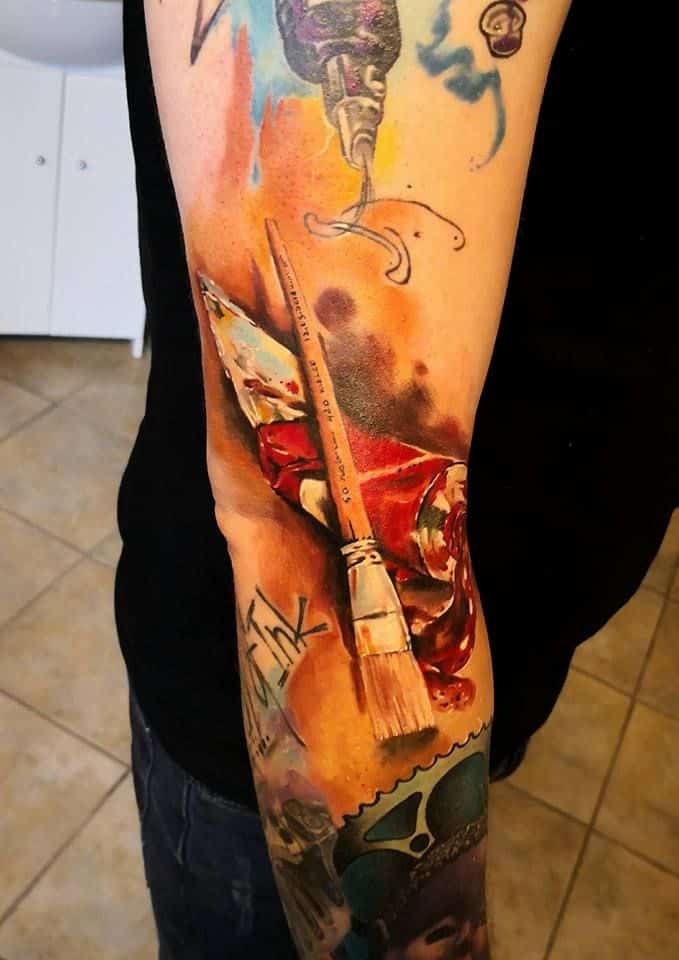
Sailor Jerry (Norman Collins) is the most famous artist connected to American traditional tattoos. He worked in Hawaii in the mid-1900s. His work defined the bold lines and classic symbols still used today. He also improved tattoo machines and ink.
Other key figures include Bert Grimm and Amund Dietzel. They were known for traveling to military bases and tattooing servicemen. Their styles helped build the American traditional look as a shared culture.
These artists kept the style alive during tattoo’s decline in the 1960s and set standards for the craft’s quality and safety.
Evolution Over Time
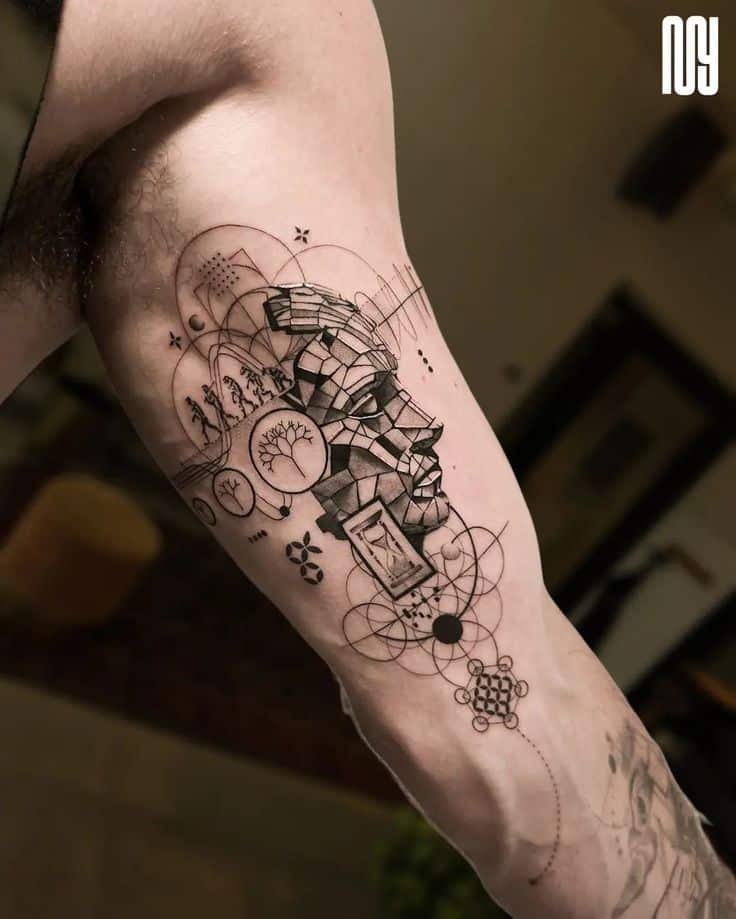
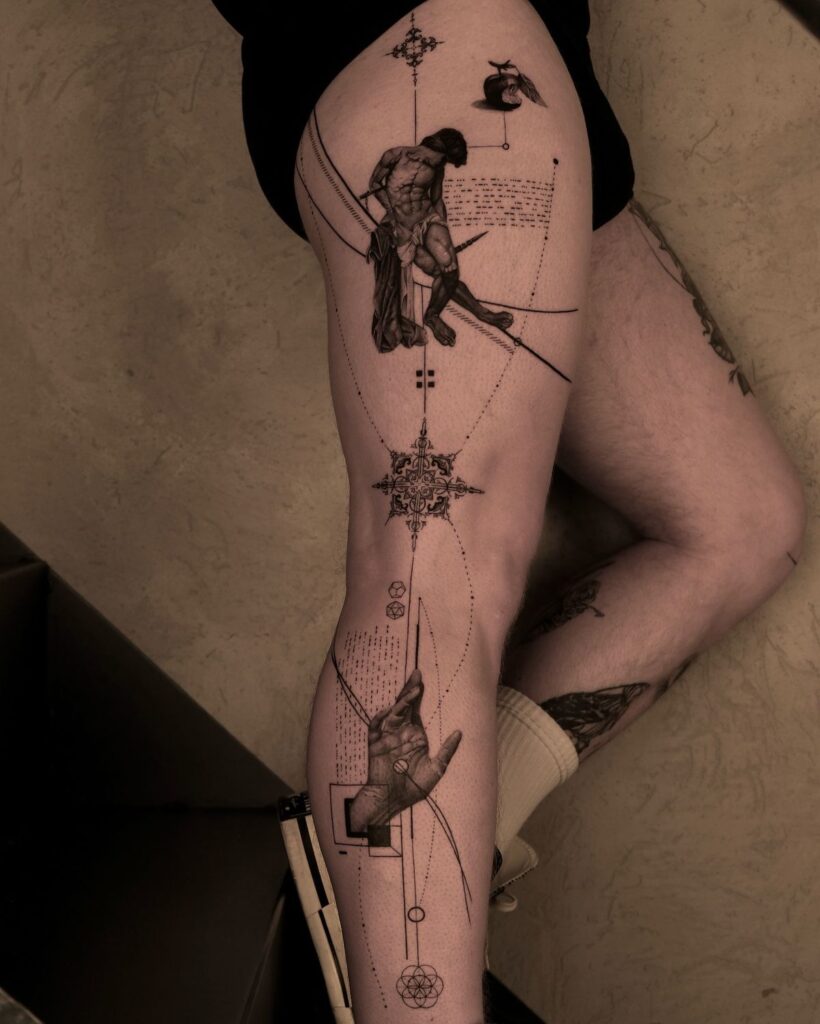
American traditional tattoos started simple but grew more detailed while keeping core features. Artists experimented with bigger images and new color shades. However, the bold outlines and flat colors remained.
In the late 20th century, tattooing became more accepted. This led to fusion with other styles but also renewed interest in traditional designs. Modern tattooers often blend American traditional with realism or new school art.
Today, it’s popular in tattoo shops worldwide. The style honors its history but adapts to new trends and client preferences. It remains a symbol of classic tattoo art grounded in its original roots.
Defining Characteristics
American traditional tattoos are known for their strong, clear designs. They use thick outlines, a limited but bold color scheme, and easily recognizable images. These elements help the tattoos stand out and last over time.
Bold Lines
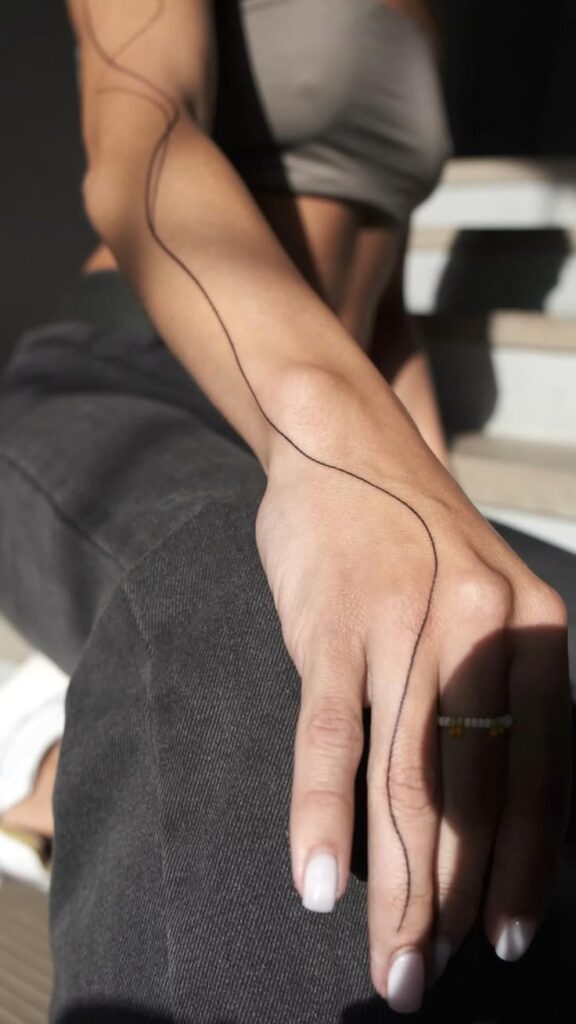
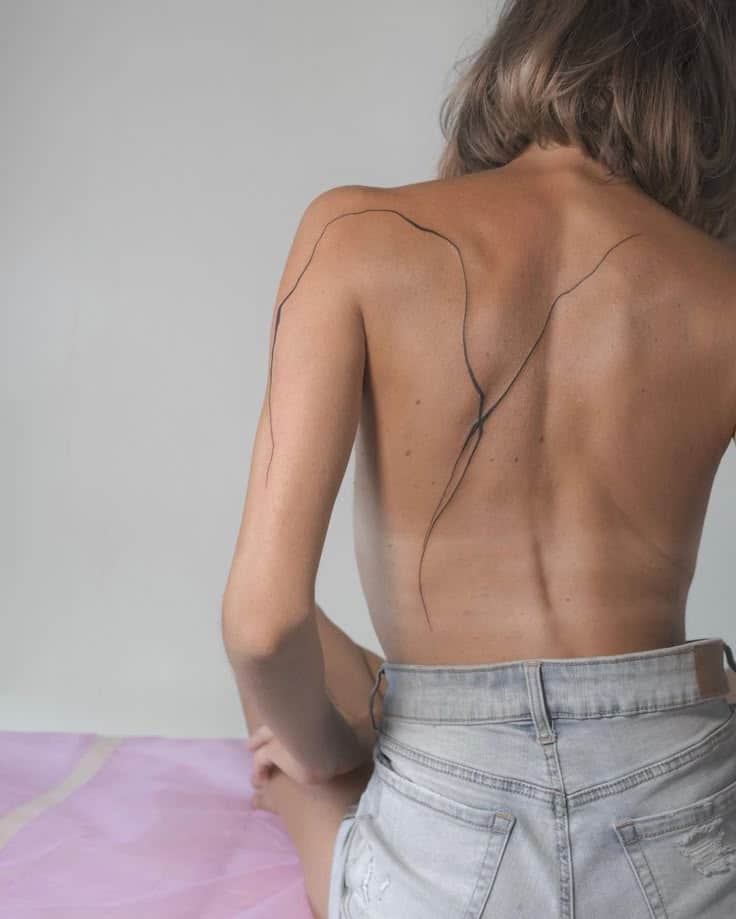
Bold lines are the most important part of American traditional tattoos. The thick black outlines help keep the design clear and sharp, even as the tattoo ages. This style uses consistent, heavy lines to define shapes and details.
These lines also make the tattoos easier to read from a distance. They give the artwork a strong structure that holds all parts together. Without these bold lines, the tattoos would lose their iconic look.
Color Palette
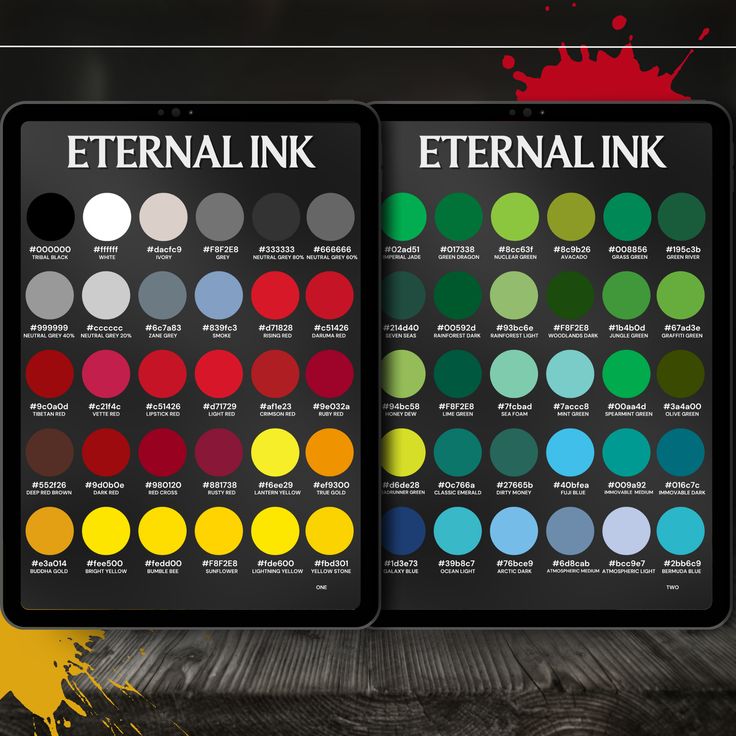
The color palette in American traditional tattoos is simple but powerful. It mainly uses red, yellow, green, and black. These colors are solid and bright, without much shading or gradients.
This limited palette helps the tattoo stay clear and bold over time. Bright reds and yellows stand out, while black adds depth and contrast. The colors are usually filled in solidly, creating a clean and striking overall effect.
Iconic Imagery

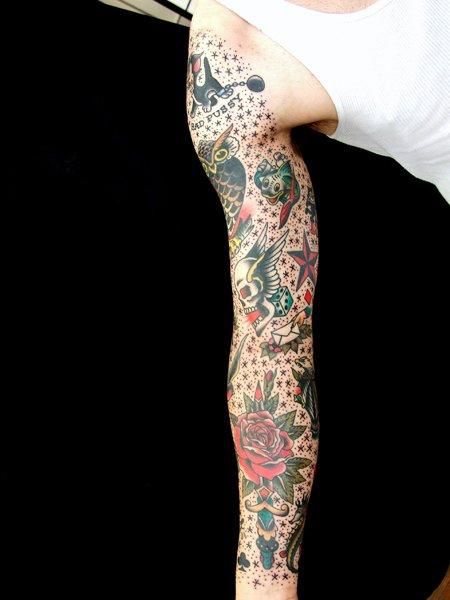
American traditional tattoos include specific, well-known images. Common themes are eagles, roses, anchors, skulls, and swallows. These symbols often have meanings like strength, love, or freedom.
The images are straightforward and easy to identify. They are designed with clear shapes and few details, making them perfect for bold lines and simple colors. This helps the tattoos keep their meaning and style for decades.
Popular American Traditional Tattoo Motifs
American traditional tattoos use bold lines and simple colors to create strong, clear images. The most common designs include flowers, symbols of death and freedom, and objects tied to the sea. Each motif holds a special meaning and reflects the culture of the tattoo’s origin.
Roses
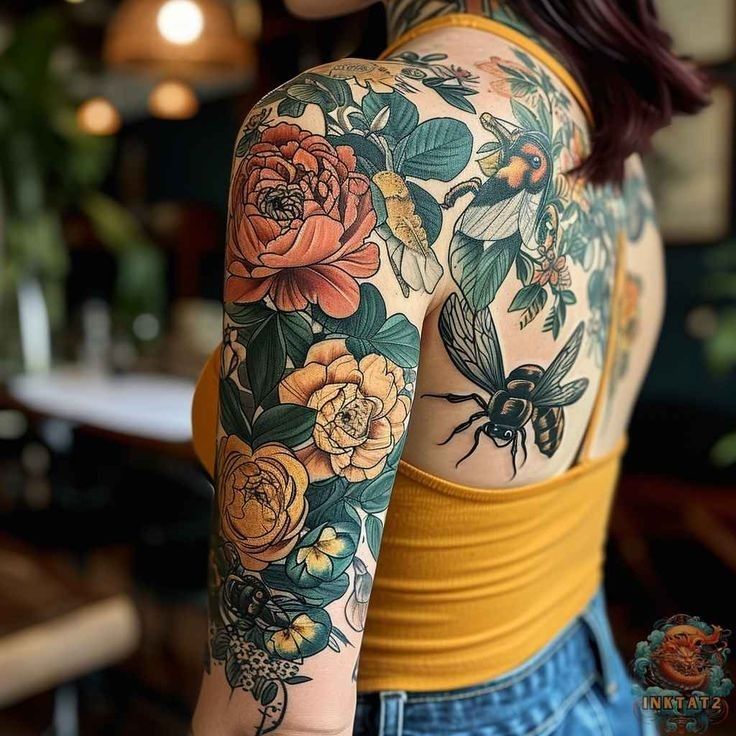
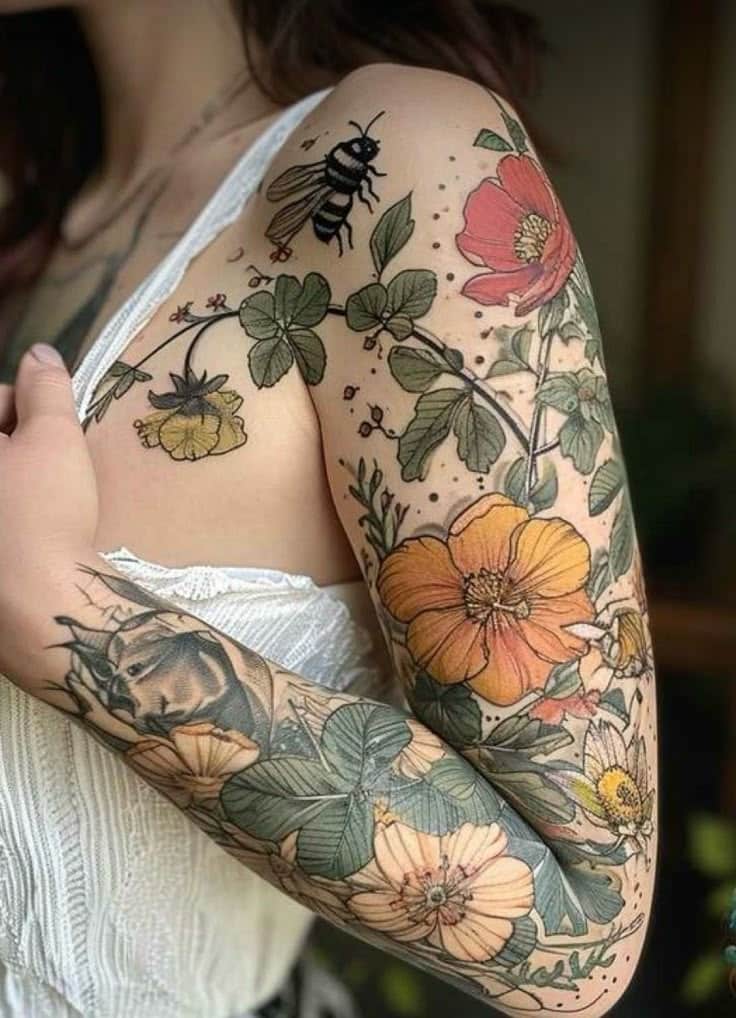
Roses are a popular choice in American traditional tattoos because they symbolize love, beauty, and strength. The designs typically use deep reds, greens, and sometimes black outlines to create a bold look.
The rose can represent different things depending on how it’s paired. For example, a rose with a dagger might show the pain of love or loss. Often, the rose is kept simple with clean shapes to keep the focus on its classic beauty.
Skulls
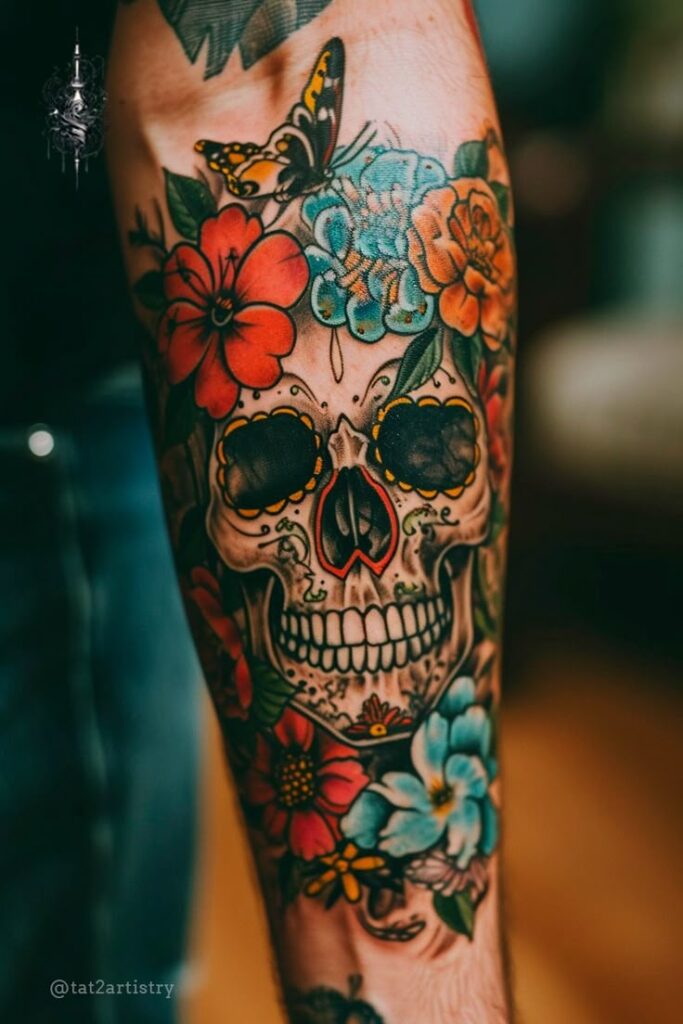
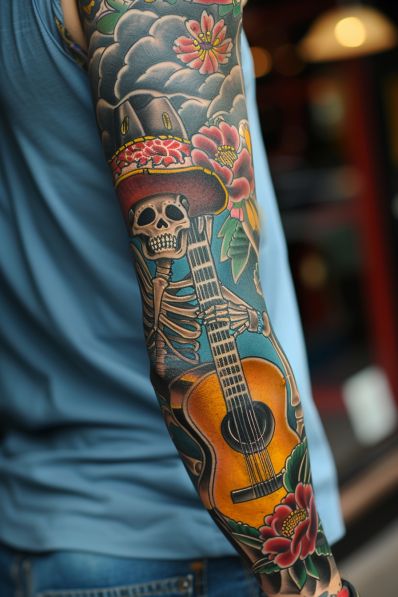
Skulls are one of the most recognized symbols in this tattoo style. They usually stand for mortality, bravery, or a reminder to live life fully. Black ink and thick lines make the skull design visually striking.
Skulls can be combined with other elements like flowers or snakes. This mix adds layers of meaning, such as the balance between life and death. The skull’s rough and tough look fits well with the bold style of American traditional tattoos.
Eagles
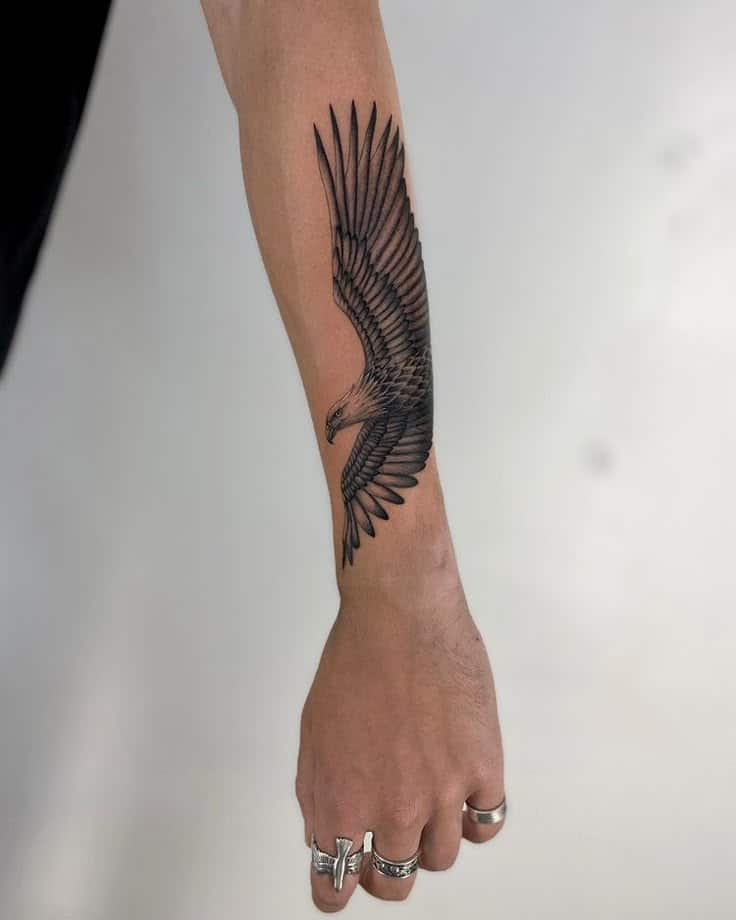
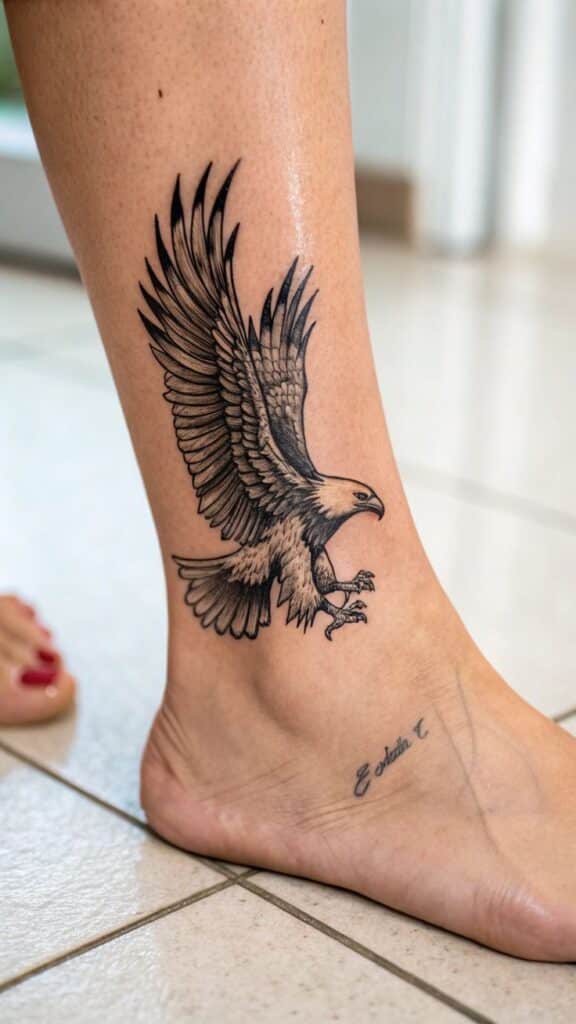
Eagles symbolize freedom, power, and patriotism. They are often shown with wings spread, ready to soar, which represents strength and courage. Red, white, blue, and brown are common colors used for eagle tattoos.
This motif became popular during wartime as a sign of national pride. The eagle’s sharp eyes and strong beak are drawn with precision, emphasizing its role as a fierce protector and a symbol of independence.
Anchors
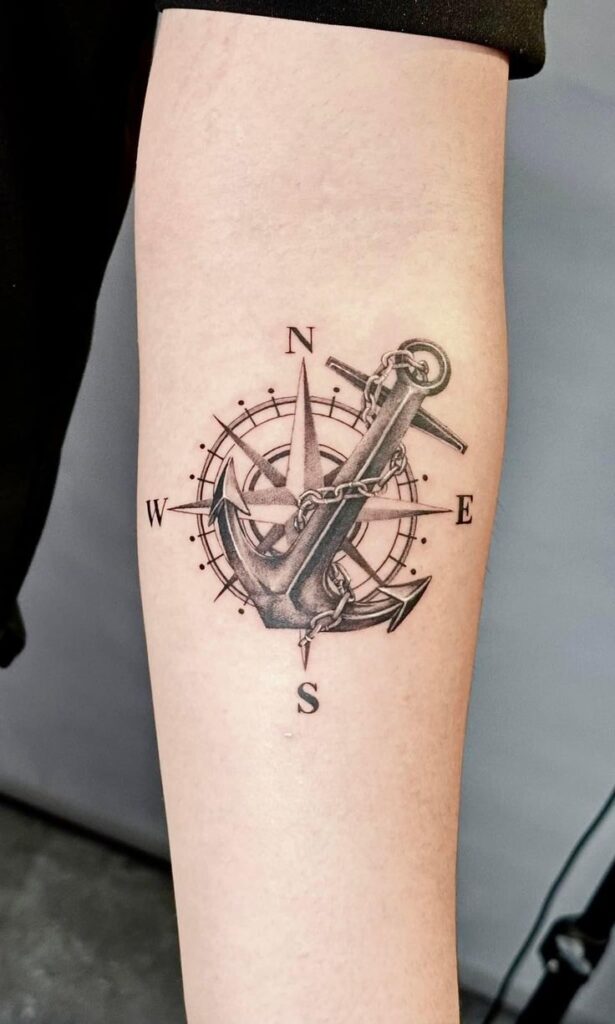
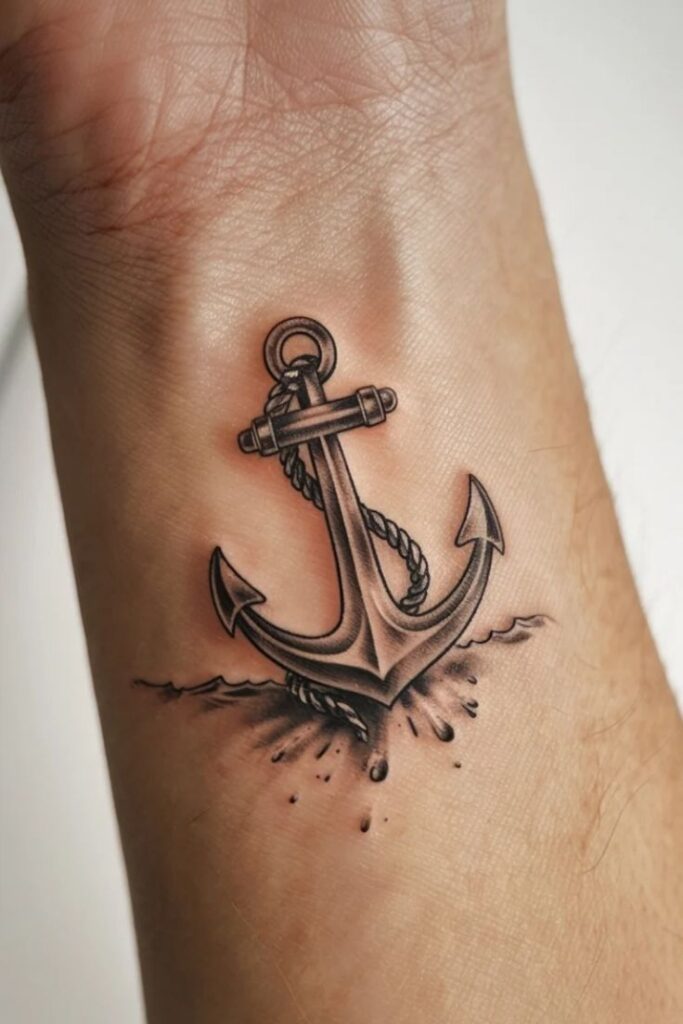
Anchors are connected to sailors and the sea. They stand for stability, safety, and hope. The design usually features a thick, solid anchor with rope wrapped around it, done in dark blue or black with red accents.
Sailors often chose anchors to represent their connection to home or safe return. In American traditional tattoos, anchors also symbolize strength in tough times. The simple shape makes this motif easy to recognize and popular among many tattoo lovers.
Techniques and Tools
American traditional tattoos depend on specific tools and methods to create their bold and clear designs. The process uses strong machines, varied needle types, and careful pigment application. Each part plays a key role in achieving the style’s thick lines and solid colors.
Tattoo Machines
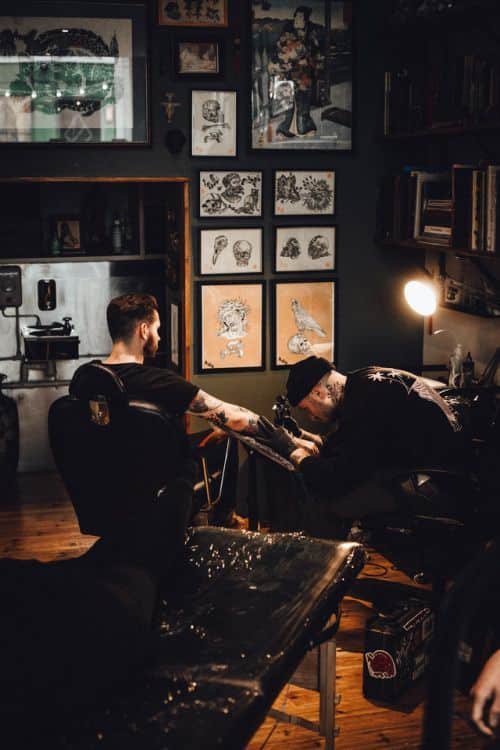
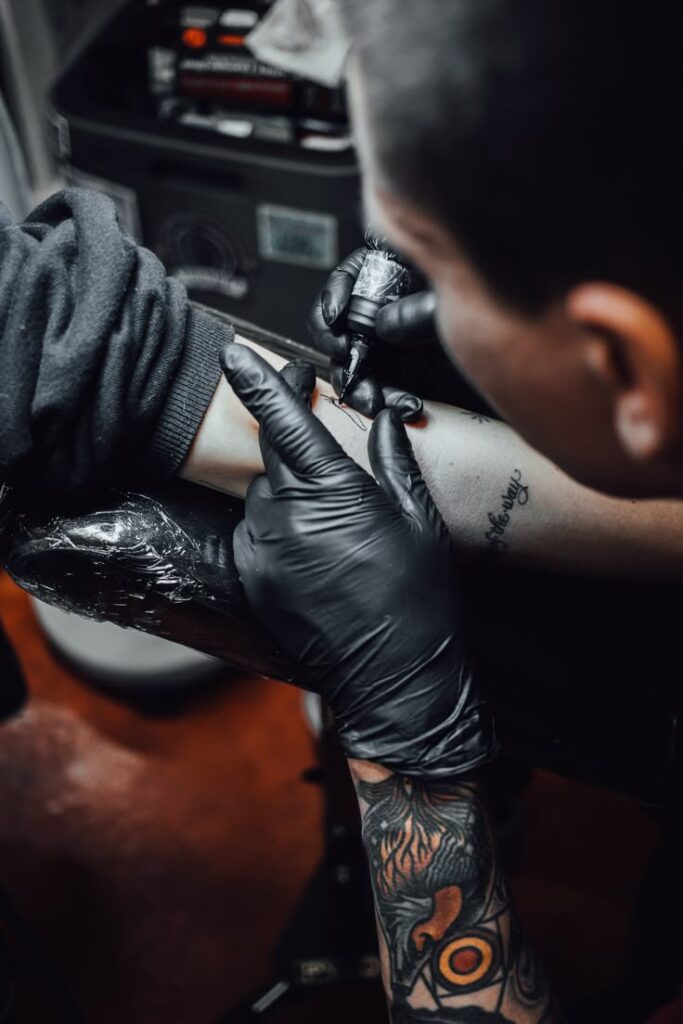
The machines used in American traditional tattooing are mostly coil machines. These machines use electromagnetic coils to move the needle up and down quickly. This action helps punch the ink deep into the skin.
Artists often use two types of machines: one for lining and one for shading. The lining machine needs to be faster and more precise to create thick outlines. The shading machine runs slower and lays down color more evenly.
Power supply and machine tuning are important. Proper adjustment helps avoid skin damage and ensures clean lines.
Needle Types

Different needle groupings are used for the various parts of a tattoo. For American traditional tattoos, the most common needles include:
- Round Liners: These needles are tightly packed in a circle and create sharp, bold lines.
- Round Shaders: These needles are similar but looser, used for shading smaller areas.
- Magnums: These are stacked needles in rows, used to cover larger areas quickly for solid color fills.
Artists select needle size based on the detail and depth needed. Larger needles deposit more ink and are used for filling colors or shading.
Pigment Application
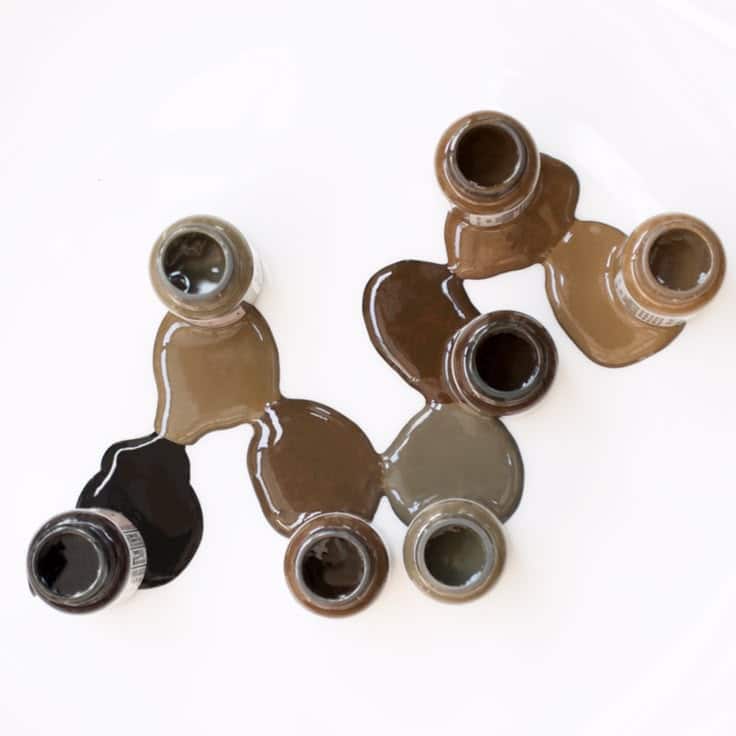
The ink in American traditional tattoos is thick and highly pigmented. Black ink is essential for the strong outlines, while colors like red, green, yellow, and blue fill the designs.
The artist applies pigment by repeatedly puncturing the skin with the needle, allowing the ink to settle in the dermis layer. The depth must be consistent; too shallow causes fading, and too deep can blur lines.
Ink saturation is vital. The artist layers the ink carefully to ensure boldness without damaging the skin. The simple color palette helps maintain the tattoo’s sharp look for years.
Symbolism and Meanings
American traditional tattoos carry deep meanings tied to history, identity, and belief. Their symbols often reflect a person’s experiences, values, or hopes through clear and bold imagery.
Sailor Culture
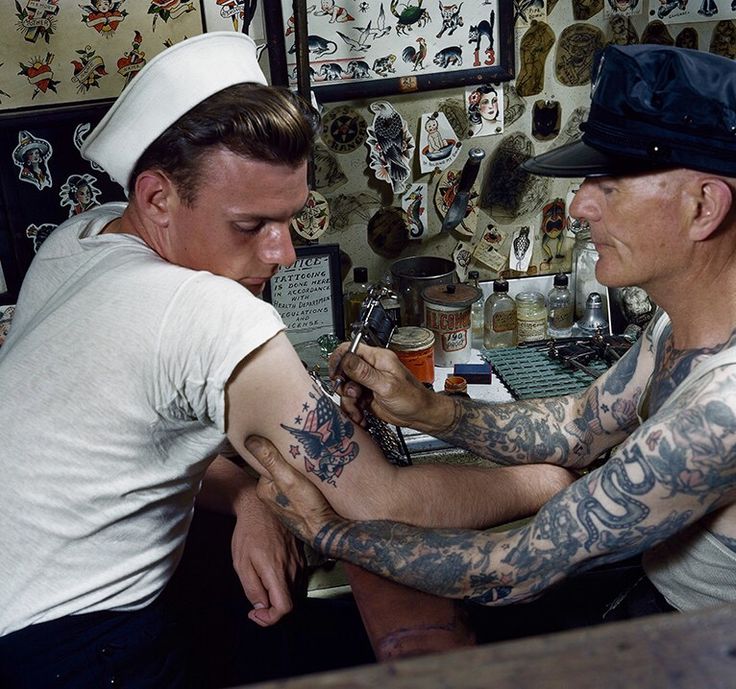
Many designs come from sailor traditions. Tattoos like anchors, swallows, and ships show a sailor’s connection to the sea.
Anchors symbolize stability and strong roots, often marking a sailor’s hope for safety in stormy waters. Swallows represent a safe return home because these birds are known to travel long distances and find their way back. Ships and compasses show a journey and guidance, reminding sailors of their path.
These tattoos also marked milestones. For example, a sailor might get a tattoo after crossing the equator or surviving a dangerous voyage. This made the tattoos both a record and a badge of honor.
Patriotism
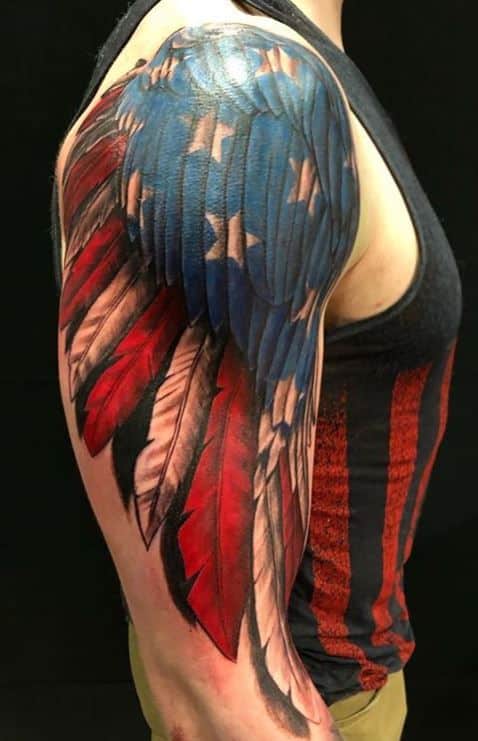
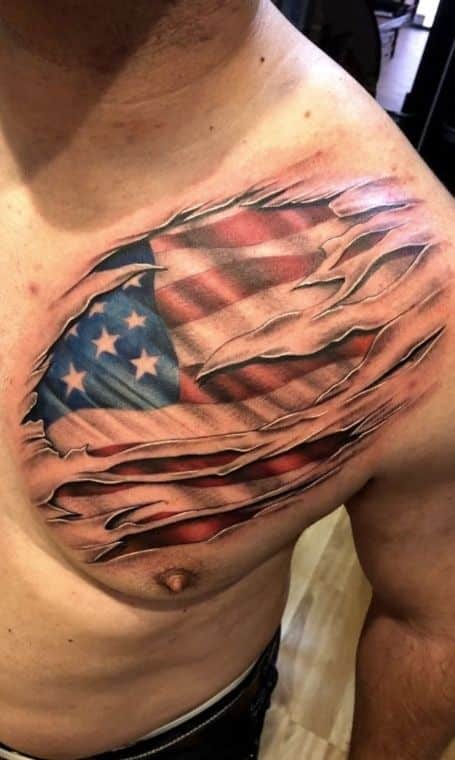
Patriotic symbols like the American flag, eagles, and stars are common. They express pride in the country and loyalty.
The bald eagle is a strong emblem of freedom and strength. The American flag shows patriotic spirit and respect for the nation. Stars represent the states or guidance, often linked to the idea of reaching goals or protecting one’s home.
These symbols became especially popular during war periods, helping soldiers express their national pride and support for their country. They also serve as reminders of sacrifice and unity.
Spiritual Elements
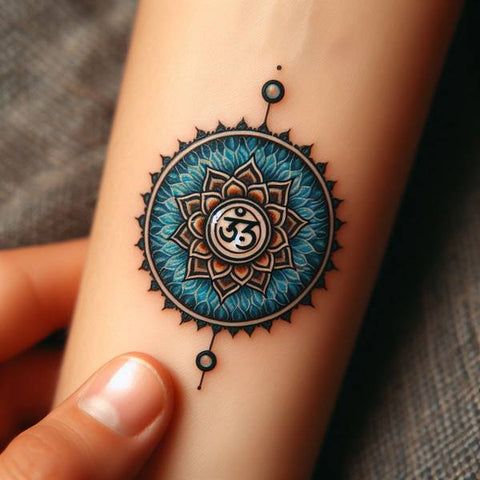
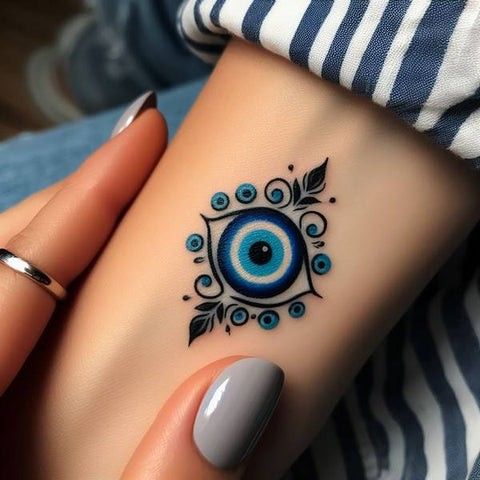
Certain tattoos carry spiritual or protective meanings. Designs like crosses, hearts, and daggers have clear symbolic value.
Crosses express faith, protection, and hope. Hearts often represent love, courage, or devotion, while daggers are linked to bravery and defense. Sometimes, tattoos include a mix, like a heart pierced by a dagger, which can mean struggle or sacrifice.
These symbols help people express beliefs and offer a sense of personal strength or guidance through tough times. The imagery remains simple but powerful.
Choosing an American Traditional Tattoo
Choosing an American Traditional tattoo involves picking the right design, finding the best place on the body for it, and working closely with an experienced artist. These steps help ensure the tattoo looks good and fits the person’s style and body shape.
Tattoo Design Selection
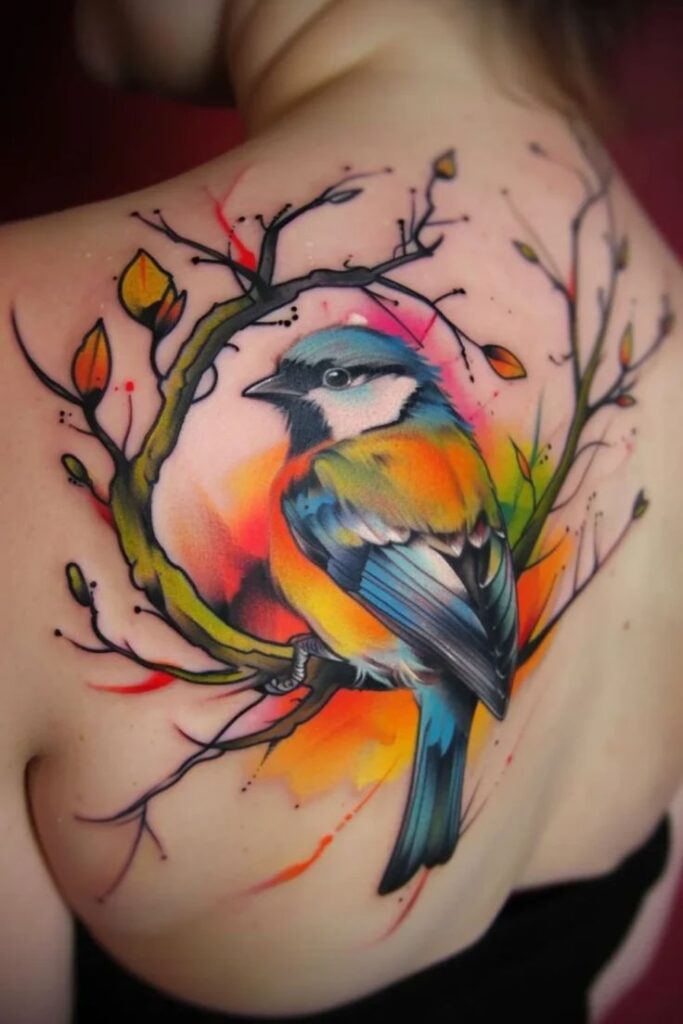
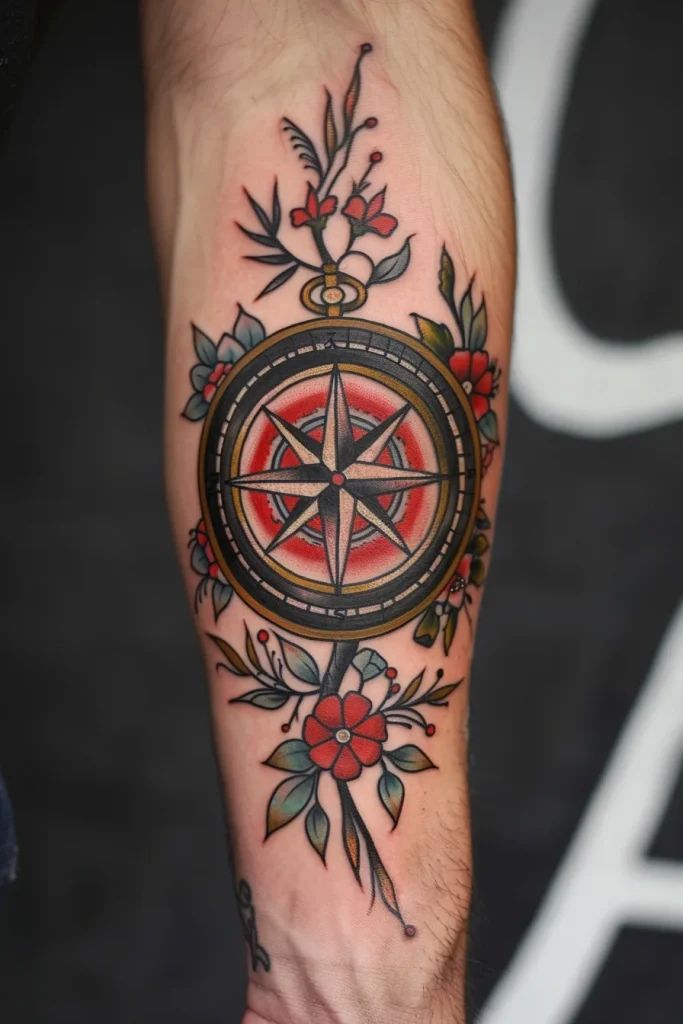
The design is the heart of an American Traditional tattoo. It often features bold lines, bright colors, and classic images like skulls, roses, eagles, and ships. The design should match the wearer’s personality or meaningful symbols in their life.
People need to consider size and detail in their design. Smaller tattoos may lose detail over time because big, clear shapes work best with this style. It’s important to pick a design that still looks good years later.
Choosing a design also means thinking about how it will fit with other tattoos. Many people add to their collection over time, so the design should blend well with future pieces.
Placement Considerations
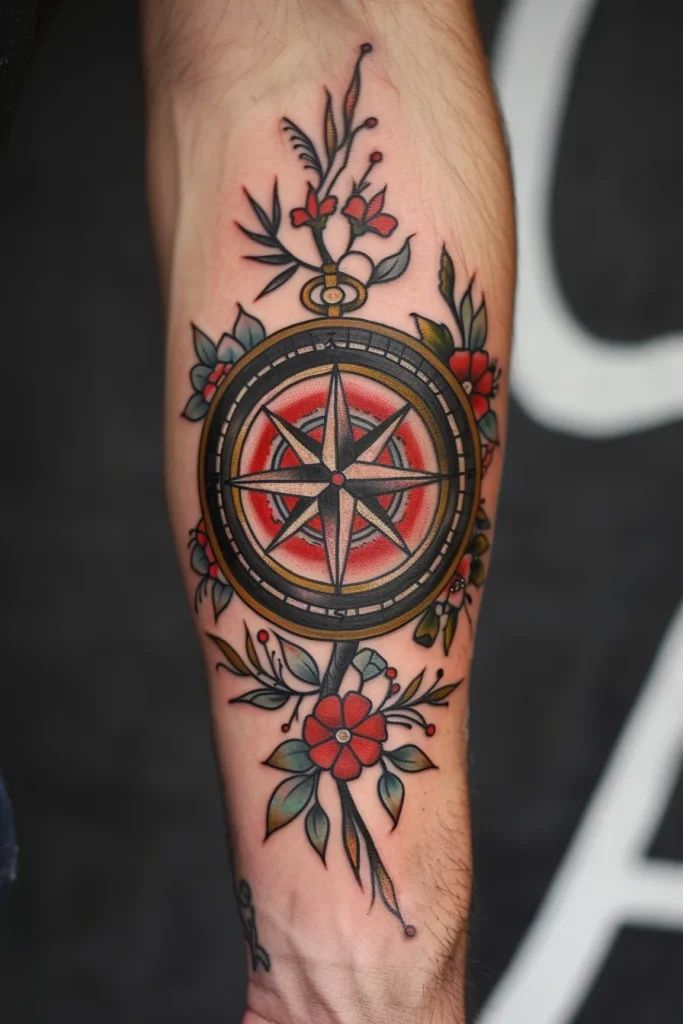
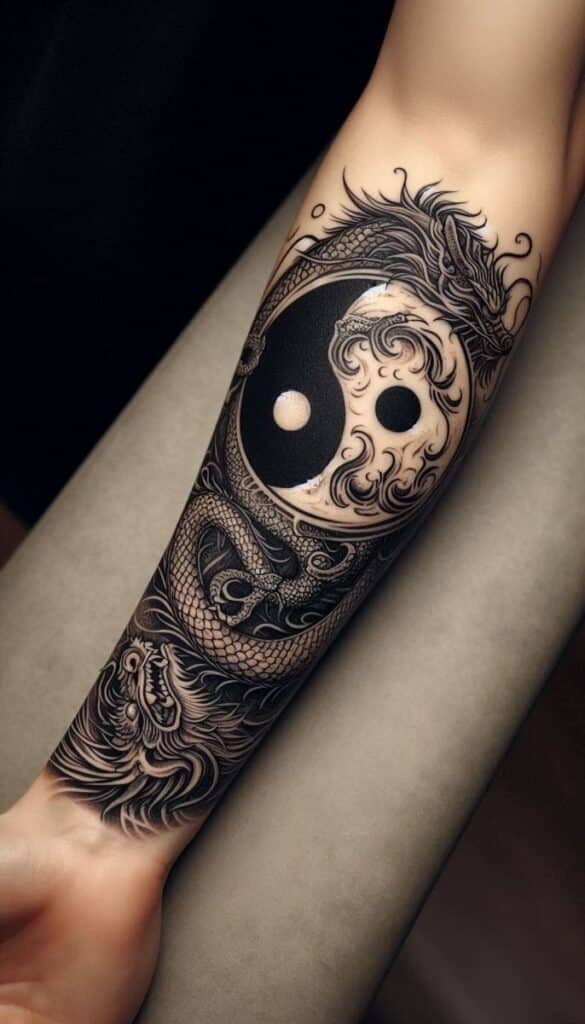
Placement affects how the tattoo looks and ages. American Traditional tattoos do well on muscles or flat skin, such as the upper arms, chest, or back. These spots offer enough space for bold designs and show the detail clearly.
It’s important to avoid spots that stretch a lot, like the stomach or joints. Stretching can blur the lines and fade the colors faster. Visibility also matters. Some may want the tattoo seen all the time, while others prefer hidden places.
Pain level during tattooing varies by placement. Areas with more muscle or fat usually hurt less, while spots near bone or thin skin hurt more.
Working with an Artist
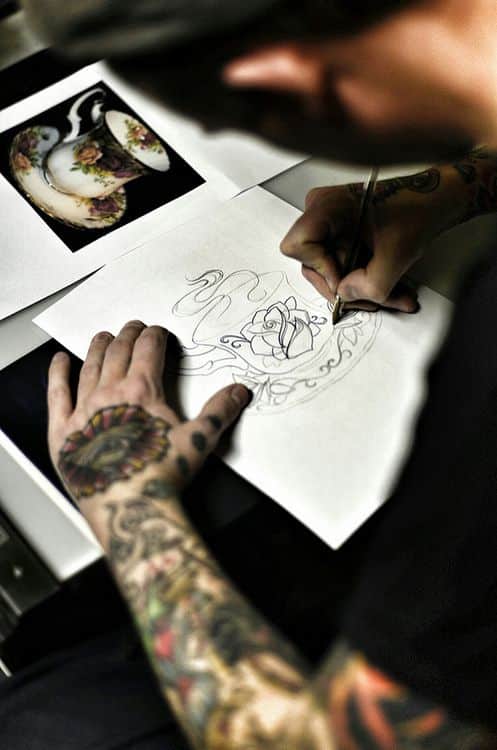
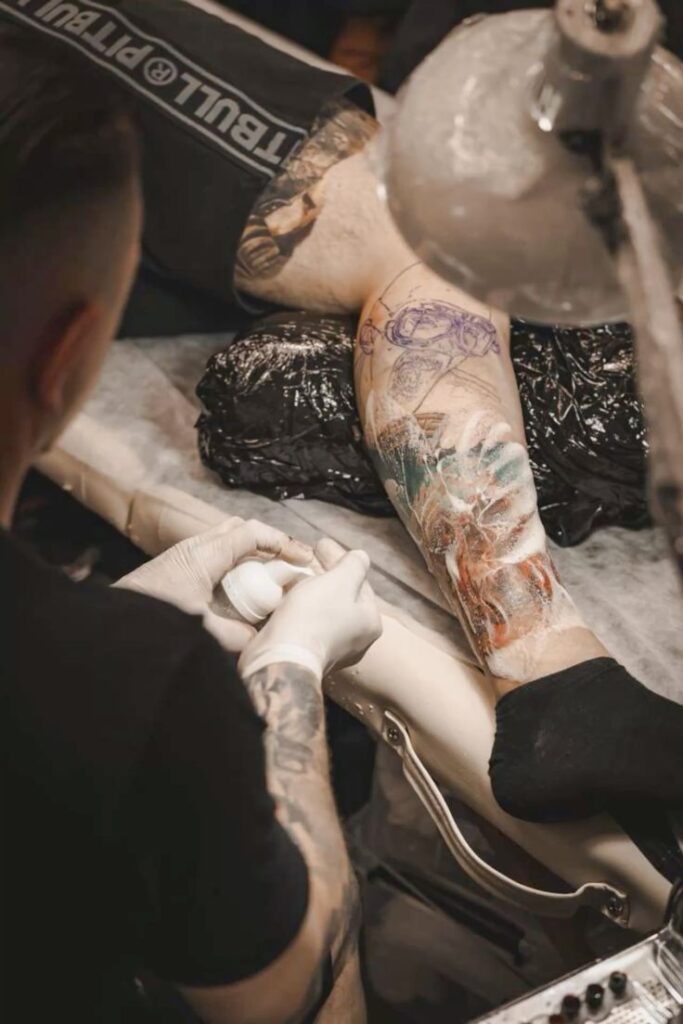
Choosing the right artist is crucial for an American Traditional tattoo. The artist should have experience with this style and be able to create clean, bold lines and solid colors.
Before the session, the artist and client should talk about the design ideas, size, placement, and color choices. Good communication helps avoid misunderstandings and ensures the final tattoo meets expectations.
It is helpful to review the artist’s portfolio to see their previous work. A skilled artist will also give advice on aftercare to keep the tattoo looking sharp for years.
Care and Longevity
Proper care right after getting an American traditional tattoo is important to help it heal well. Long-term steps are needed to keep the colors sharp and the lines clear over time.
Aftercare Practices
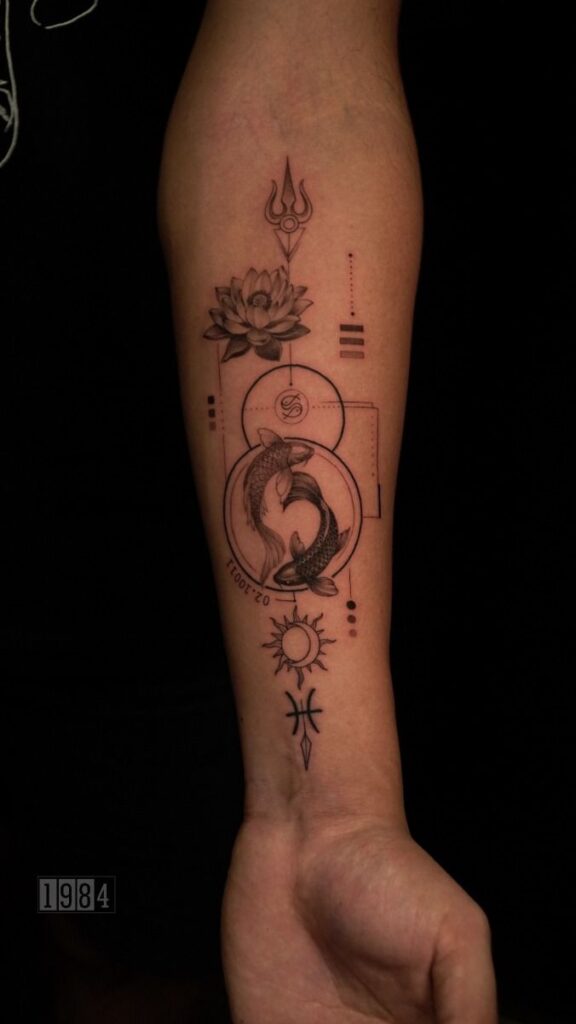
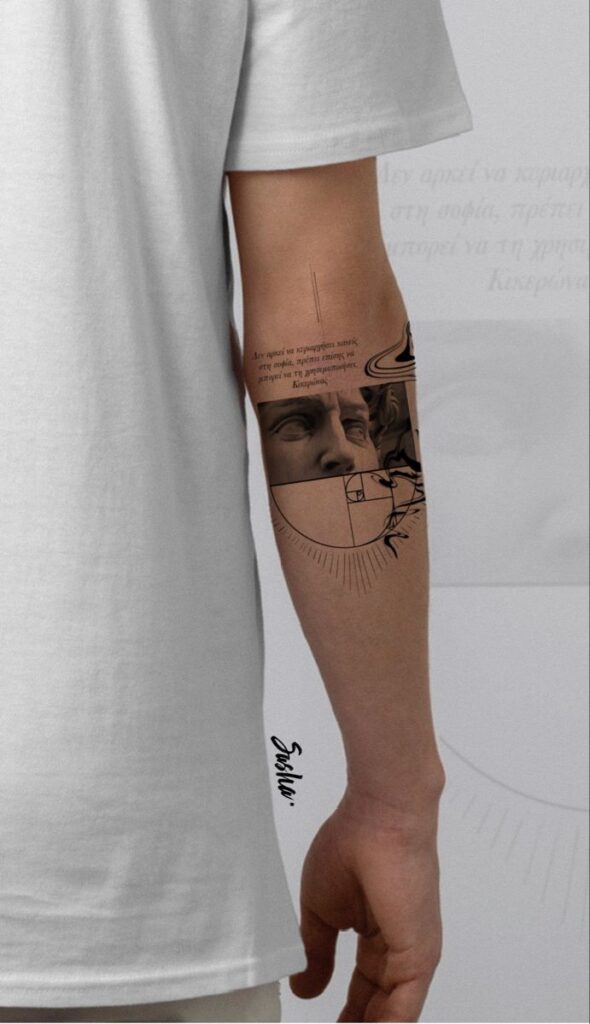
A fresh tattoo needs to be kept clean and moisturized. The person should wash the tattoo gently twice a day with mild soap and lukewarm water. Using a clean towel, they should pat it dry, not rub.
Applying a thin layer of fragrance-free moisturizer or tattoo ointment helps prevent dryness and cracking. It is important to avoid picking or scratching the tattoo while it heals.
The tattoo should be kept out of direct sunlight and avoided in pools or hot tubs for at least two weeks. Wearing loose clothing over the tattoo reduces irritation.
If there are signs of infection like redness, swelling, or oozing, a medical professional should be consulted immediately.
Maintaining Vibrancy
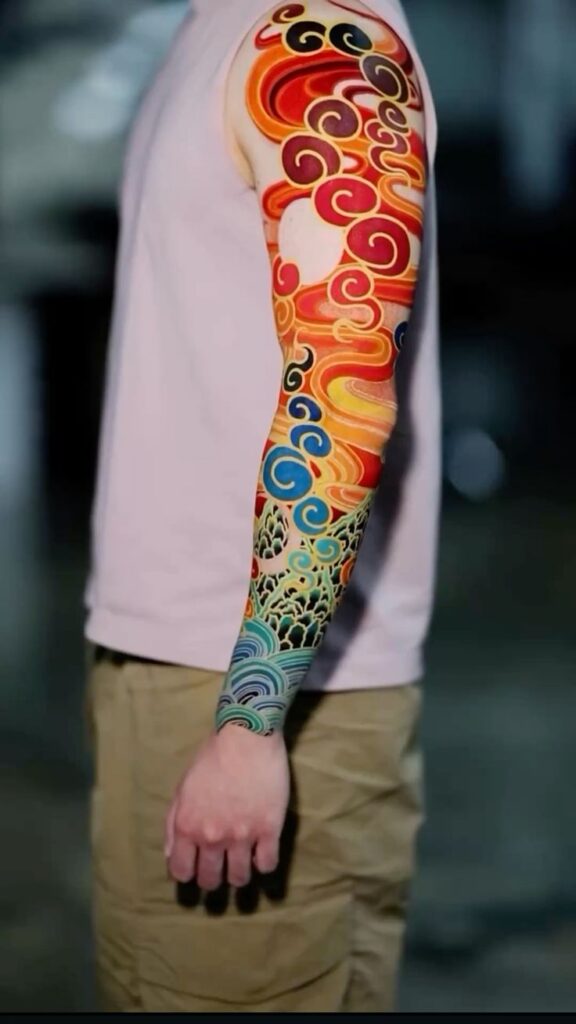
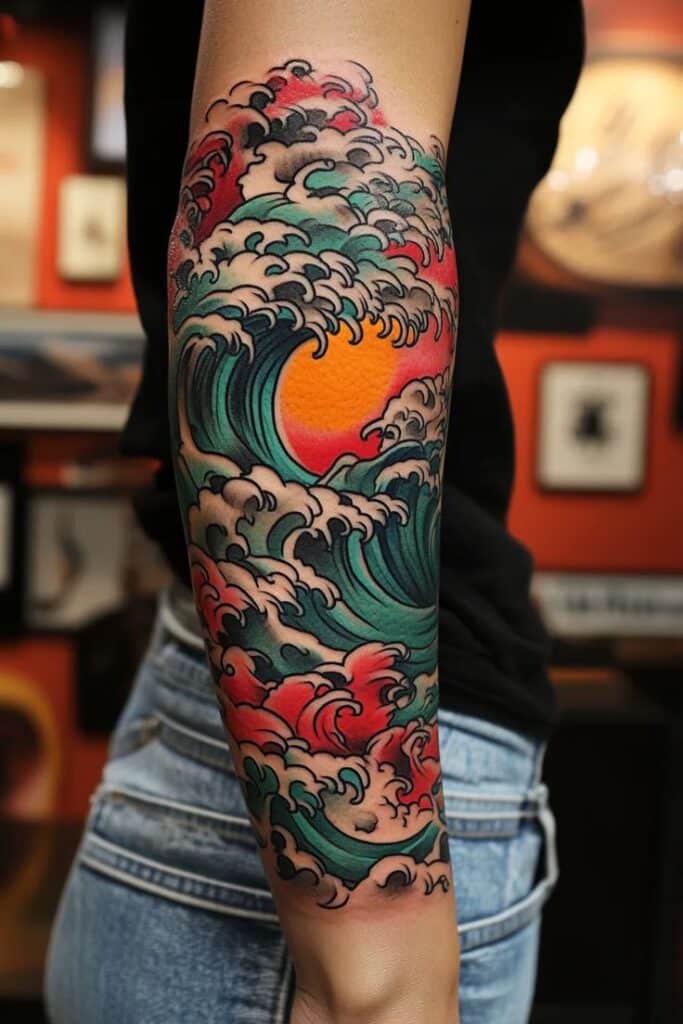
After the tattoo has healed, protecting it from sun exposure is key. Using a sunscreen with at least SPF 30 every time the skin is outdoors helps prevent fading.
Moisturizing regularly keeps the skin healthy and the tattoo colors strong. Avoiding harsh exfoliants or scrubbing on the tattooed skin reduces wear.
Touch-ups may be necessary after several years to restore any fading. Choose an experienced tattoo artist for these to keep the design sharp.
Hydrating the body by drinking water and avoiding smoking also supports skin health and tattoo longevity.
Modern Interpretations
American traditional tattooing has evolved as artists bring new ideas and influences while respecting its roots. These changes show how the style adapts to modern trends and personal creativity.
Contemporary Influences
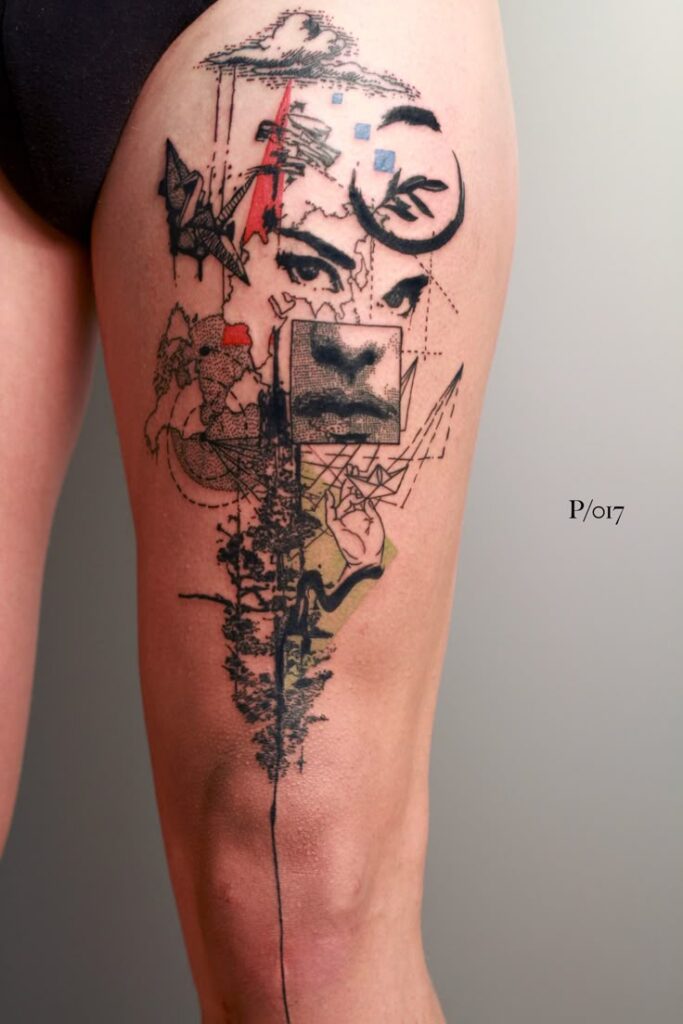
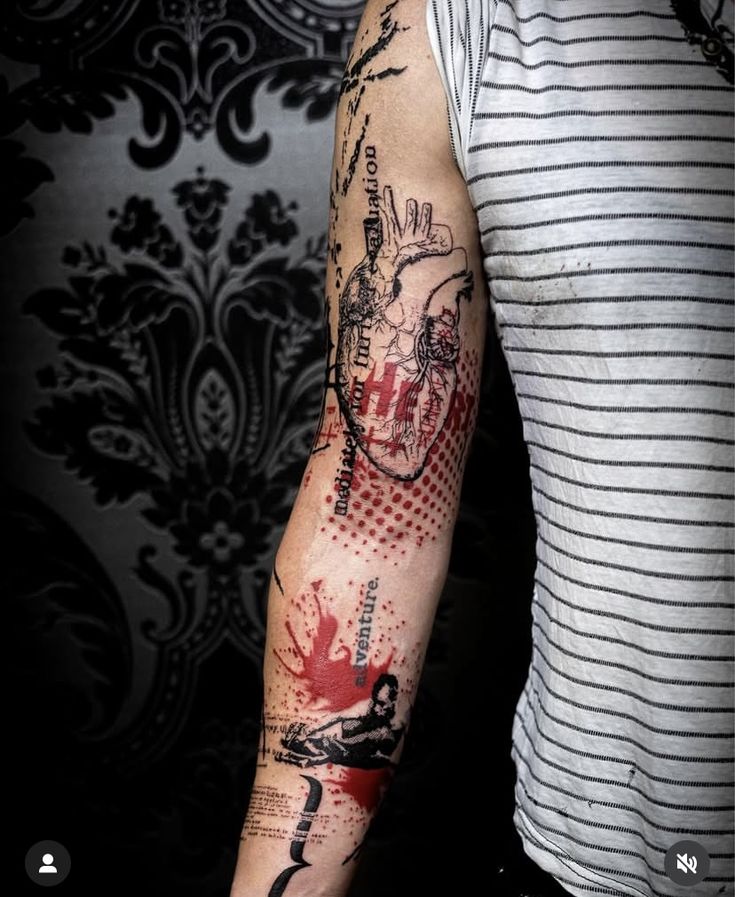
Modern artists often update classic American traditional designs by using brighter colors and cleaner lines. They may add new themes like pop culture references or contemporary symbols, keeping the bold look but with fresh meaning.
Technology also affects the process. New tattoo machines and inks help create sharper images with longer-lasting color. This has made the style more popular with younger people who want tattoos that age well and stand out.
Many artists combine their own cultural backgrounds or personal stories with traditional motifs. This makes each tattoo unique while honoring the style’s history.
Fusion Styles
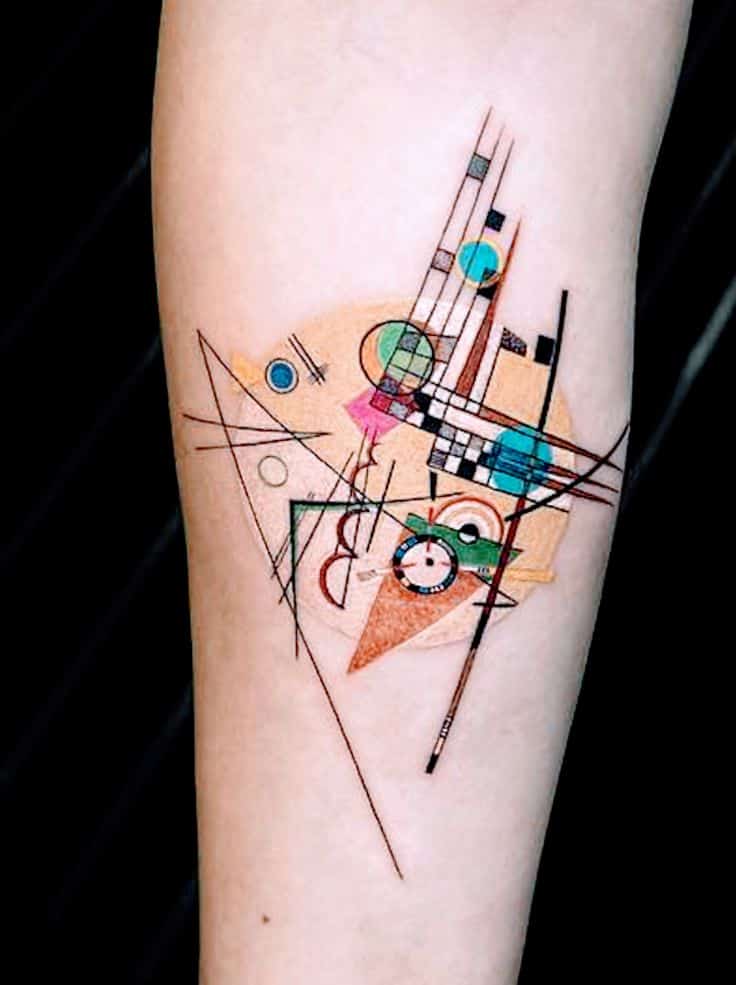
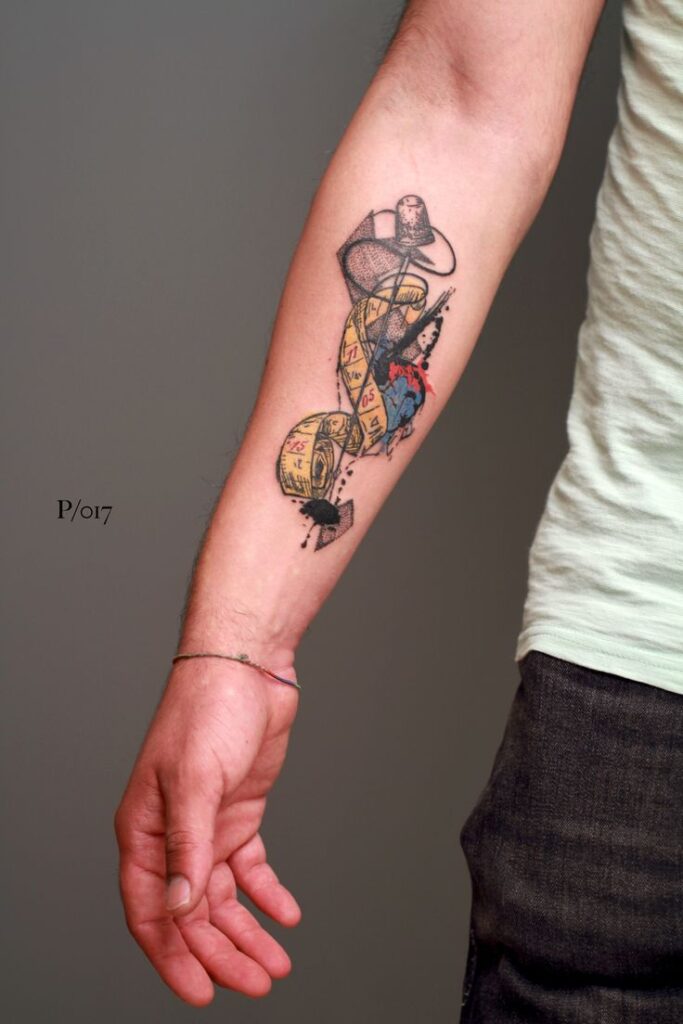
Fusion styles blend American traditional with other tattoo techniques. For example, some mix it with Japanese art, adding more detailed patterns but keeping the bold outlines typical of American traditional.
Another common fusion is with realism. Artists might keep the strong lines but add shading and depth for a lifelike effect. This creates tattoos that feel both classic and modern.
These blends give tattoo wearers more options. They can get something that respects tradition but fits their personal taste better than a purely old-school design.
- 1.7Kshares
- Facebook0
- Pinterest1.7K
- Twitter0
